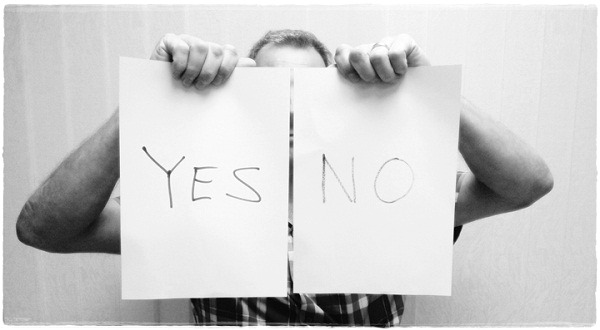Have you ever felt annoyed about how other people behave on the road? From time to time we see pedestrians, drivers, or cyclists behaving in strange ways, obstructing traffic (and us!). What ‘on earth’ are they doing and what is going on in their mind?
The thing is, as human beings we have the ability to think rationally, and we do! But that is not to say our thinking is the same as everyone else’s. Instead, we follow a logic that makes sense to us and we often make decisions based on that. As a result, our behavior may not seem rational to others. This has implications for behavior change measurement when using observation.
The challenge with observed behavior is that we are working with limited information. We can see what people are doing, but we don’t know why they are doing it. Observation alone does not tell us what people are thinking. And if we are trying to understand behavior change then the ‘why’ seems quite essential. If we have a program that wants to encourage breast-feeding, the use of mosquito nets, or wearing safety helmets, then understanding the motivation for not performing these actions would be rather important, if not critical.
Through observation, behavior can come to appear black and white. We observe people doing something or not doing it. We need to keep in mind that observation is a ‘point in time’ measure and the focus is on behavior alone. Behavior change is not black and white. Instead, behavior is greyer in nature. Let’s go back to our examples above, breast-feeding, mosquito nets, and safety helmets. The question is not so much whether people are doing these things but rather ‘how often’. It can range from ‘never’ to ‘all the time’, but in most cases behavior will be somewhere in-between. In other words, we could observe people performing the desired behavior on some occasions but not others. There are many factors that come into play here including knowledge, attitude, beliefs, and self-efficacy. It is also important to consider the following situational barriers:
- Some mothers may resort to milk formulas when travelling outside their home.
- Mosquito nets may not be used when the weather is too hot and there is no fan or no electricity.
- When using a motorcycle taxi, a helmet may not be available for the passenger.
So, whilst some beneficiaries may, in principle, be convinced to do the right thing, they face difficulties to comply due to environmental factors they, or indeed the program intervention, may not fully control. As a result, behavior will be inconsistent. Consider programs that deal with safe migration, responsible tourism, or wildlife trafficking. For such programs it is nearly impossible to observe behavior change.
To really understand behavior change we need measurements that capture the nuances of inconsistent behavior and determine to what extent behavior is becoming more regular or frequent. We also need to understand changes in knowledge and attitude, which are fundamental building blocks for sustainable behavior change. Finally, we need to identify potential barriers, real or imagined, that need to be removed in order for change to occur.
This is not to say that observed behavior is not useful. Observed behavior is, and can be, a very powerful piece of evidence in situations where it can be done properly. But it is just one piece of the puzzle.
| Daniel Lindgren is the Founder of Rapid Asia, a monitoring & evaluation consultancy based in Bangkok, and can be contacted on:lindgren@rapid-asia.com |

